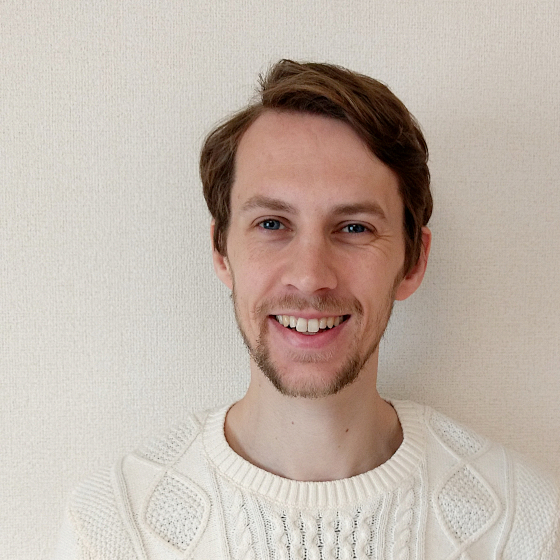Projects
2023-24: Databricks adapter for Harlequin
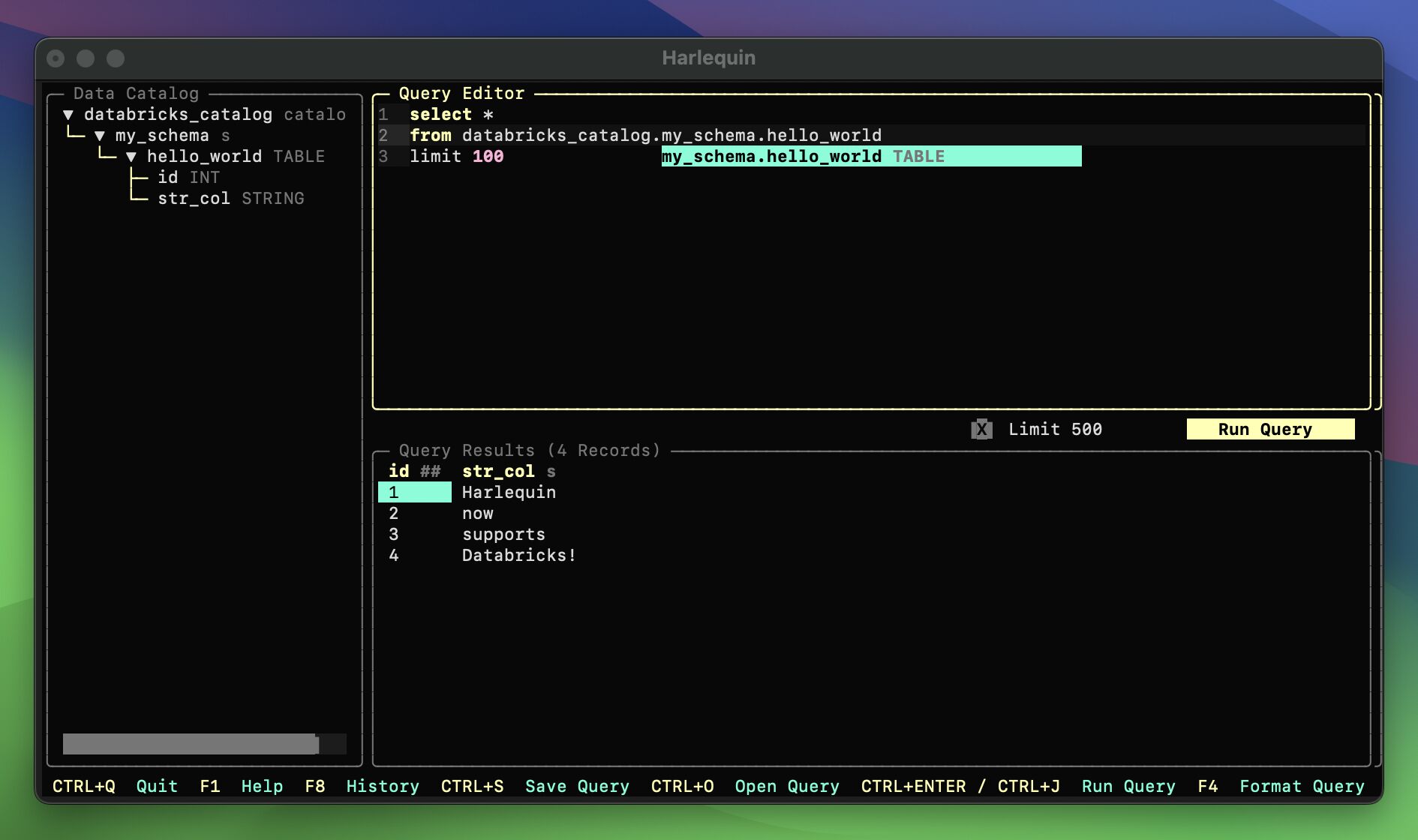
Harlequin is a SQL IDE for your terminal. I developed the adapter - harlequin-databricks - so it can connect to Databricks. It connects to Databricks SQL Warehouses and Runtime interactive clusters.
It offers super-fast catalog and table indexing if you are using Unity Catalog - load with the --skip-legacy-indexing CLI flag.
Download from GitHub, PyPI or conda-forge.
2020-21: Development of the radioactivedecay package

radioactivedecay is an open source Python package for modelling the decay of radioactivity. It supports decay chains of radionuclides, including ones with branching decays or metastable nuclear states. The package includes decay data for 1252 radionuclides of 97 elements. It offers visualization functions for drawing decay chain diagrams and plotting decay curves.
radioactivedecay is available on PyPI and conda-forge. Install it using either pip install radioactivedecay or conda install -c conda-forge radioactivedecay. The source code is hosted on GitHub.
2018-21: Radiation levels in forests

Over 70% of the fallout in Japan from the Fukushima Dai-ichi nuclear accident landed on forests. Around 50% of the affected forests are plantations. These were an important part of local economies prior to the accident.
This project calculated the contributions from radioactivity located within different parts of forests (tree crowns, trunks, the forest litter and soil) to radiation levels in the air. The results showed that by 2016 and 2017, radiation originating within the top 5 cm of forest soil contributed to 60-70% of the air dose rate. The project was a collaboration between JAEA, the Forest and Forestry Products Research Institute and the Univesity of Tsukuba.
Read more in this paper.
2018-21: Micron-scale neutron imaging with CB-KID
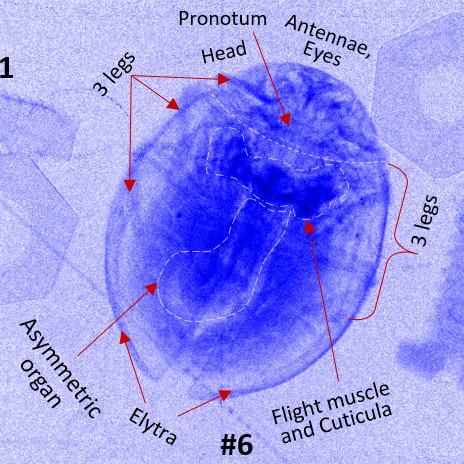
CB-KID is a type of neutron microscope being developed in Japan. Neutron microscopes differ from conventional optical microscopes in that they can acquire images of the insides of objects. These images differ from X-ray images because they convey information on the chemical makeup of the objects.
We created simulation models of CB-KID to determine if design modifications could be used to improve the resolution of the neutron images and decrease the image acquisition times. The simulations modelled the nuclear physics that occurs when neutrons travel through the samples and are detected in CB-KID. The results clarified the general workings of CB-KID, and demonstrated ways that the design could be improved to increase the imaging resolution and the detection efficiency.
For more information see these papers: [1], [2] & [3].
2018-21: Advanced calculations for radiation levels with 3D-ADRES
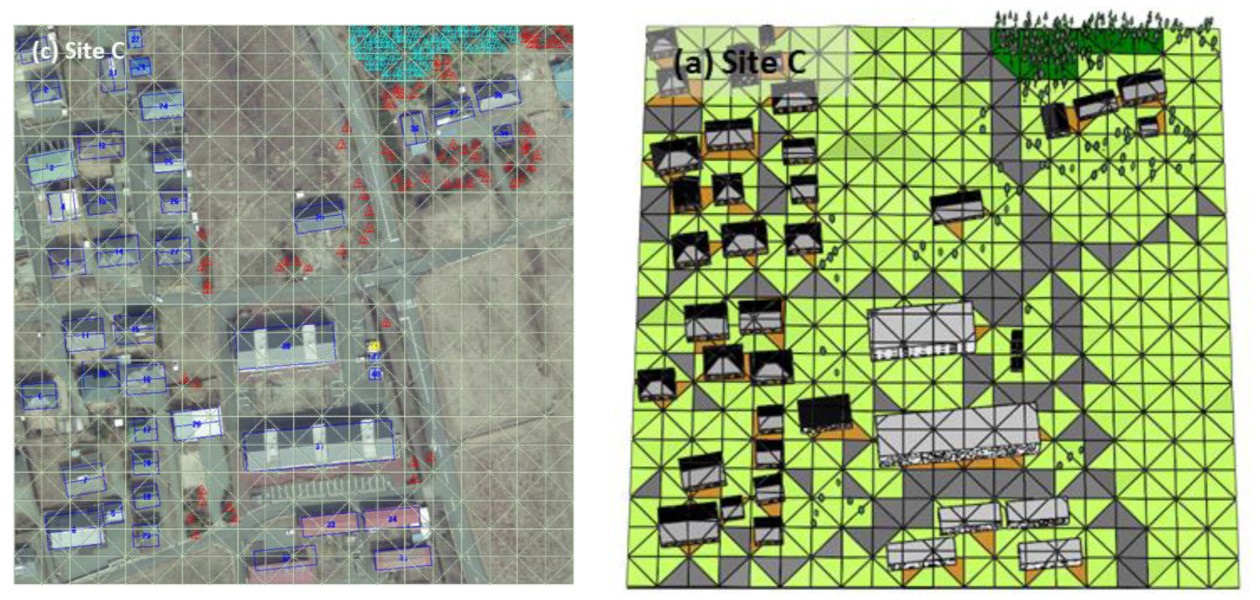
3D-ADRES is a system that pushes forward our capabilities for modelling radiation in the environment. The system leverages aerial images and digital terrain data for creating 3D models of urban and rural locations. Users can define the distribution of radioactivity within the models, then run PHITS simulations to calculate the radiation doses arising from the radioactivity within the environment.
3D-ADRES is developed in collaboration between JAEA and RIST. An overview of the system is given in this paper.
2018-19: Radioactive caesium uptake by freshwater fish
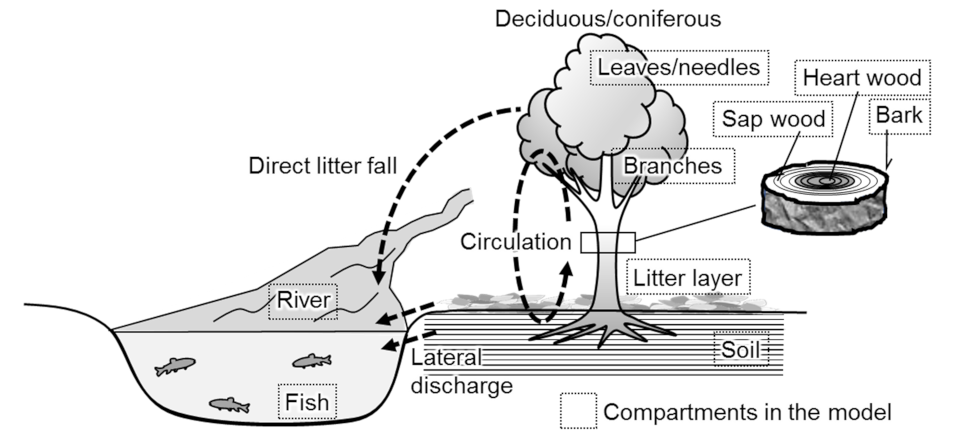
Radioactivities of freshwater fish caught in mountain streams in Fukushima Prefecture have in some cases exceeded the 100 Bq/kg limit for foodstuffs set by the Japanese Government. This project employed compartment modelling to assess the sources of radioactive caesium input to the food chain of freshwater fish. The main finding was that from five years onwards from the Fukushima Daiichi accidents, radioactive caesium in forest soils was the main source of the contamination that enters freshwater fish food chains.
Read more in our JER paper.
2016-19: Remediation of fallout contaminated land

Extensive efforts have been made to remediate habited land that was contaminated by the Fukushima Daiichi accident in 2011. The amount that radiation levels decrease upon remediating a piece of land depends on the decontamination method used, the area of land that was worked on, and the number of elapsed years from the accident and to when remediation is performed.
I have produced various models for the effectiveness of remediation options for contaminated sites, supplying predictions to local and national authorities in Japan.
For more information see these papers: [1], [2].
2014-18: Migration of radioactivity through watersheds and reservoirs

The distribution of radioactive fallout within Japan from the Fukushima Daiichi Nuclear Accident changes over time due to the influences of weather, storms, biological processes and human activities. Once radioactivity enters watercourses it flows downstream, where it is either re-deposited or flows out into the Pacific Ocean.
We have modelled the amount of radioactivity migration that is occurring, what the primary causes are, where it ends up, and what countermeasures can be applied. The scale of the models used varied from the sizes of individual reservoirs to complete watersheds.
See more in the following papers:
Reservoirs - [1], [2].
Watersheds - [3], [4], [5], [6].
2014-17: Development of the PHITS adjoint mode
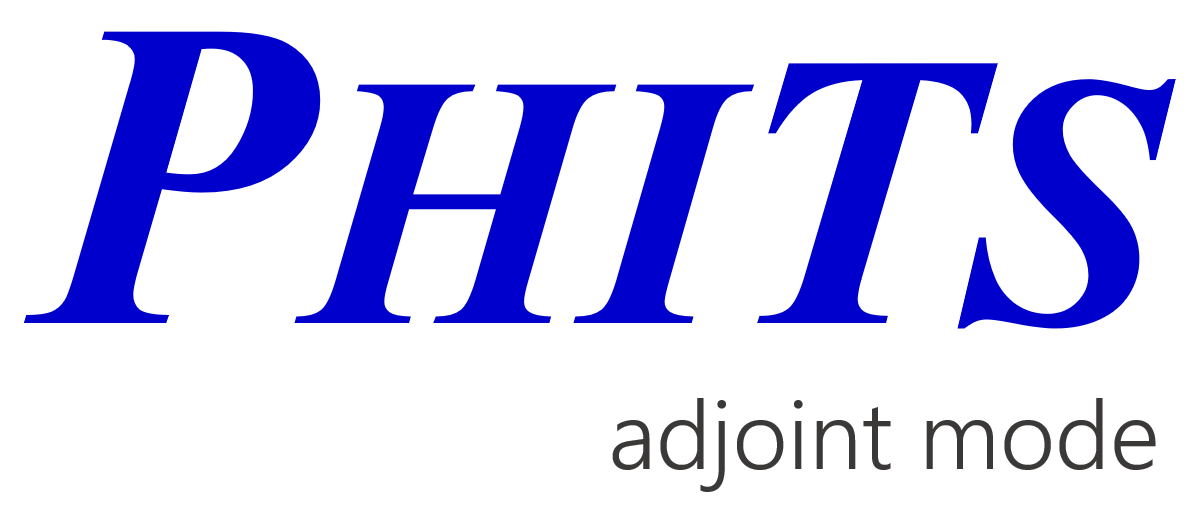
PHITS is a Monte Carlo radiation transport code originating from Japan which has a large user base. I led the development of the PHITS adjoint mode for photon transport. This is a calculation mode which offers increased computational efficiency for cases where a photon-emitting radiation source (gamma or x-ray) is much larger than the detection point. It works by simulating reverse physical interactions of photons with matter.
Read more in the ICRS-13 paper. This work was undertaken in collaboration with the Research Organization for Information Science and Technology (RIST).
2014-17: Downwards movement of radioactive caesium in soil
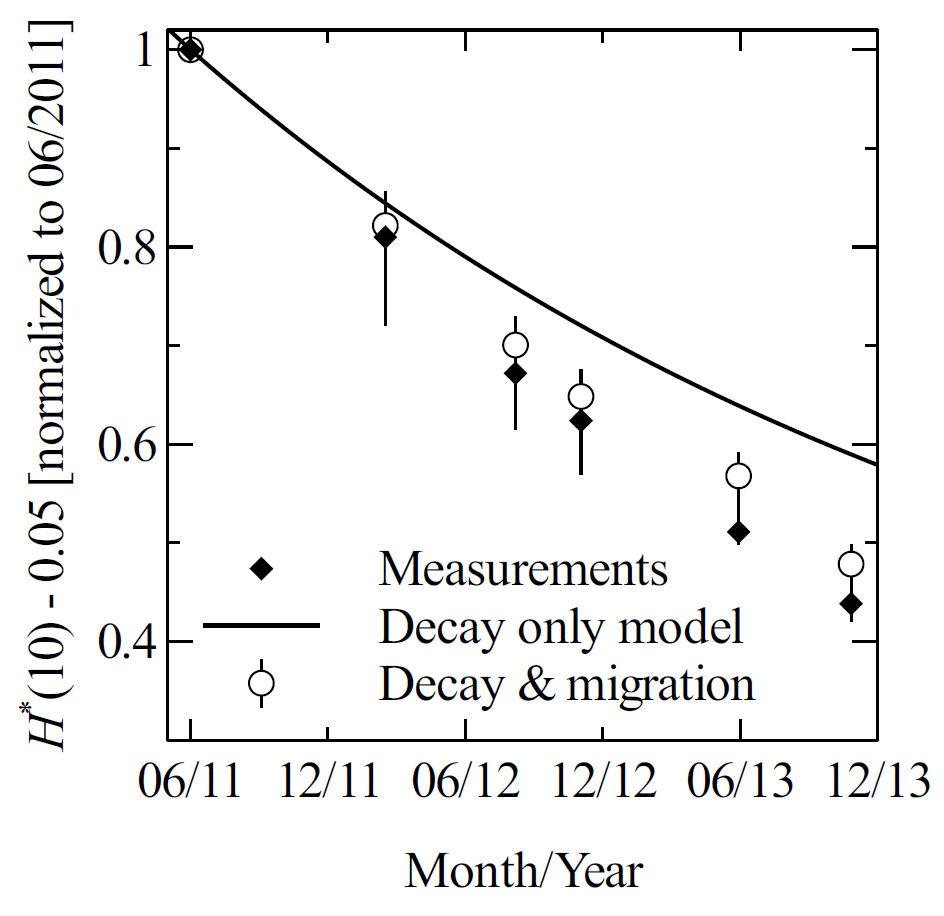
Over time radioactive caesium deposited on soil by atmospheric fallout moves deeper into the ground. The consequence of this is that radiation levels in the air fall because the radioactive caesium gamma-rays have a greater tendency to be shielded by the soil. Radiation dose rates thus decrease faster than the rate you would expect by only considering the decay of 134Cs and 137Cs (half-lives 2 and 30 years, respectively).
We have modelled of the migration of radioactive caesium downwards in soil and calculated its effects on radiation dose rates in the air. See more in these papers: [1], [2].
2009-13: Structure and dynamics in supercooled liquids

Researchers studying glass are interested in a certain class of liquids known as fragile liquids. The viscosities of fragile liquids increase dramatically as they are cooled down. At a certain point the viscosities become so high that the liquids effectively turn solid. This occurs at a temperature known as the glass transition temperature.
Some of the theories posit that this happens due to subtle changes in the way atoms in liquids arrange around each other. During my PhD I applied the Topological Cluster Classification algorithm to measure changes in the ways atoms are arranged in liquids to see if these changes correlate with mobility of the atoms in the liquid. More information is available in these papers: [1], [2], [3].
2009-12: Development of the TCC algorithm
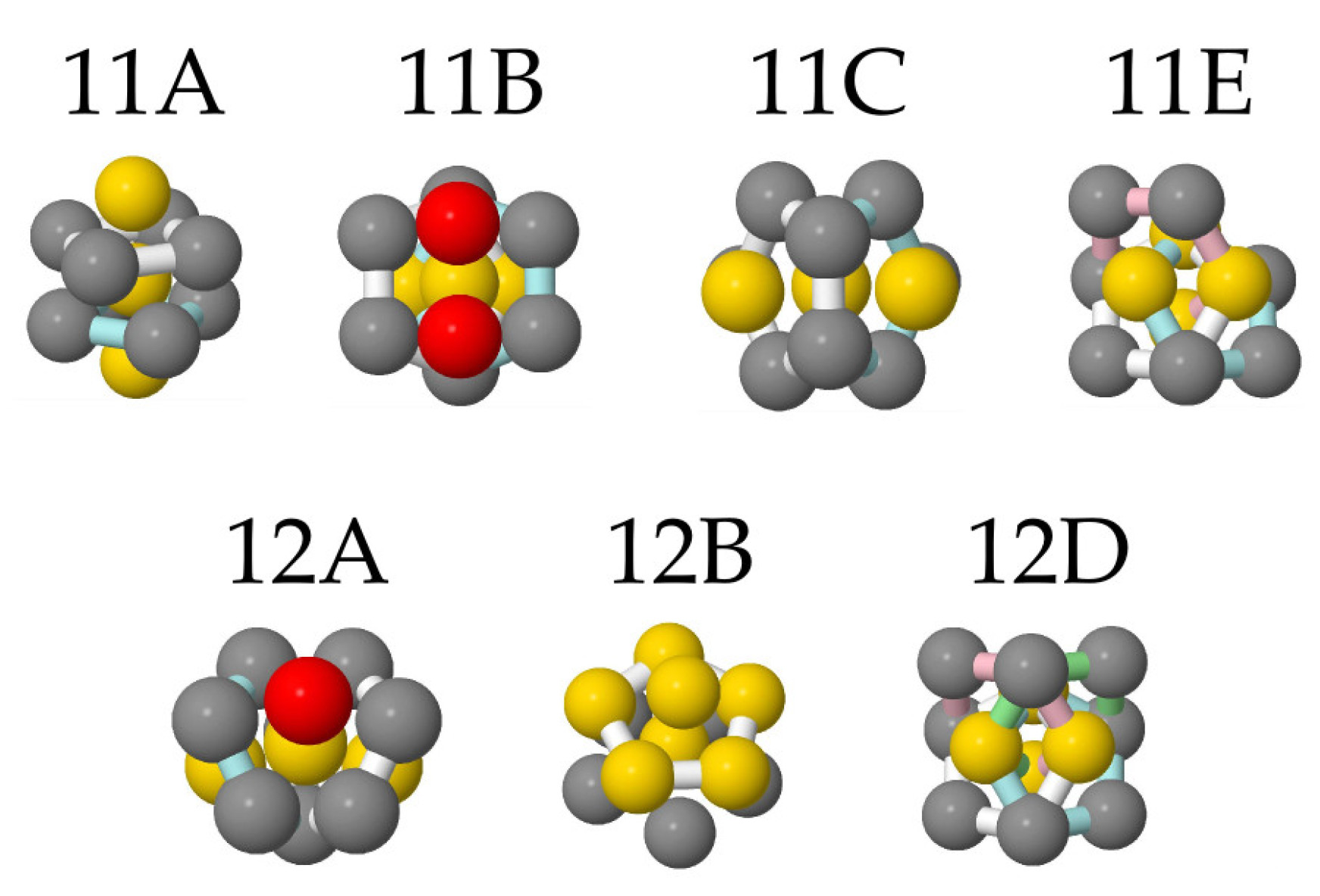
The Topological Cluster Classification (TCC) is an algorithm for identifying the arrangements of particles locally around each other in condensed matter systems. During my PhD I developed the TCC software to expand the number of structures it can identify and to improve its performance.
The TCC software is now available on GitHub. To date it has been used for over 50 scientific studies. The paper on the TCC algorithm is published in JCP.
2008-11: Self-assembly of colloidal clusters

Colloids are mixtures of microscopic insoluble particles suspended in a liquid. The addition of polymers to colloidal mixtures makes the insoluble particles stick to each other and form clusters. During my Masters and my PhD studies I wrote codes to simulate such colloidal mixtures and to study the shapes of clusters that form. We found that for small clusters of less than 6 particles, the cluster shapes could be predicted based on simple energy calculations. However larger clusters would get trapped in energetically unfavourable states as they formed, meaning the structures that formed were more diverse and less predictable.
